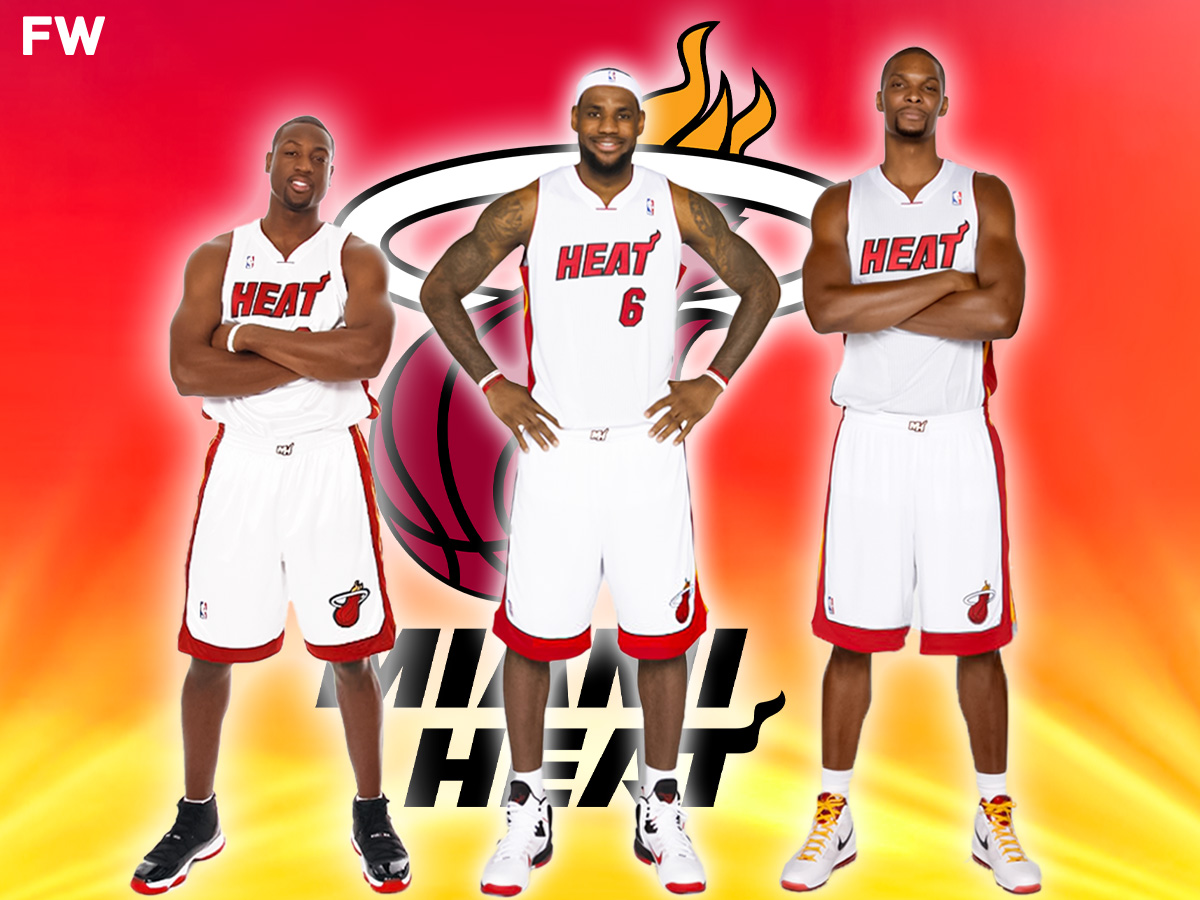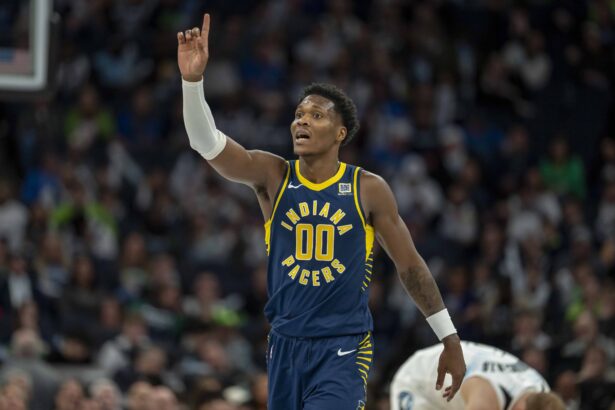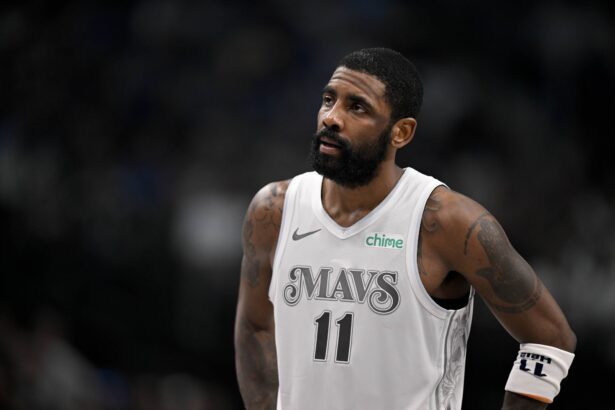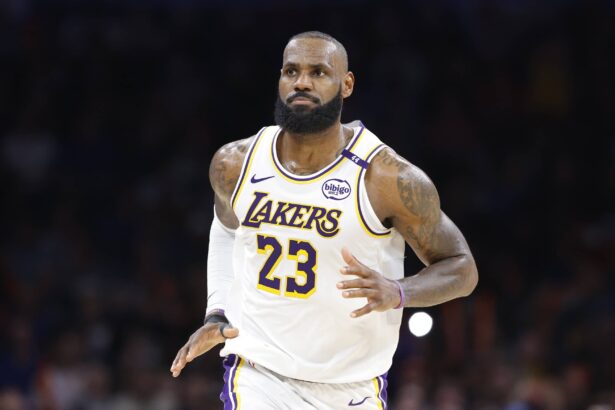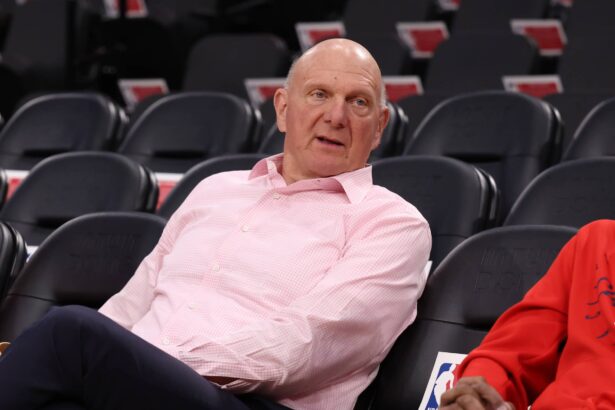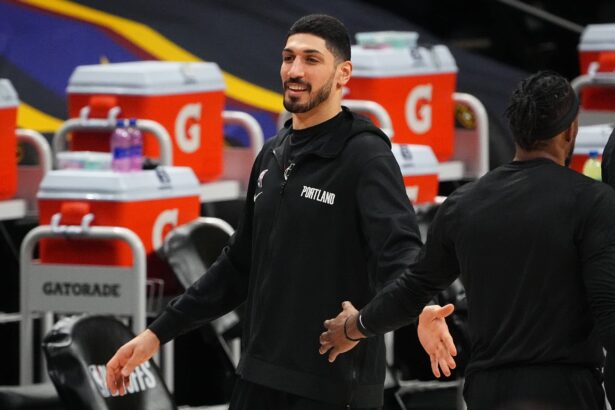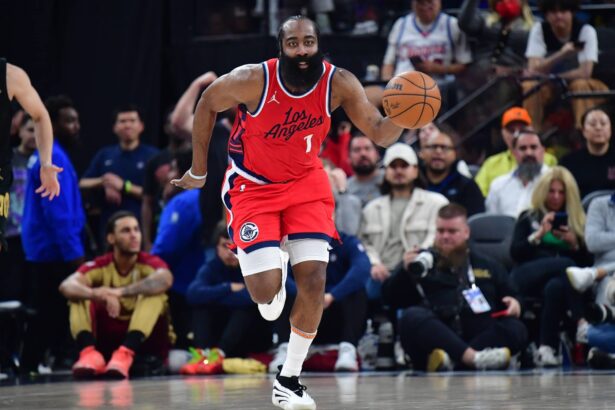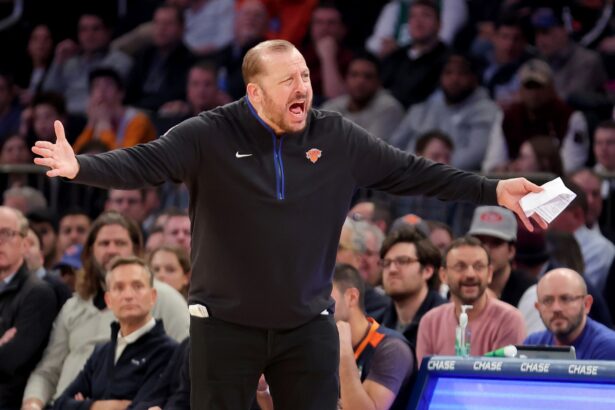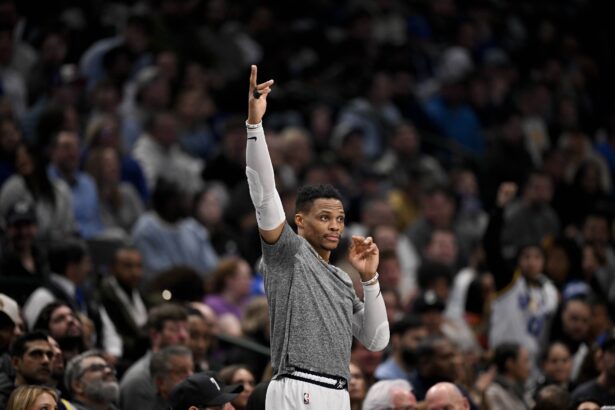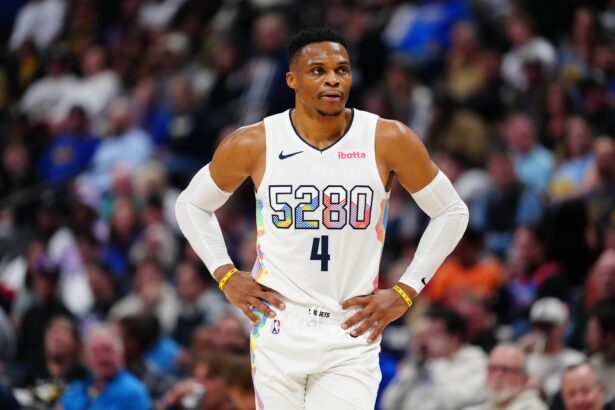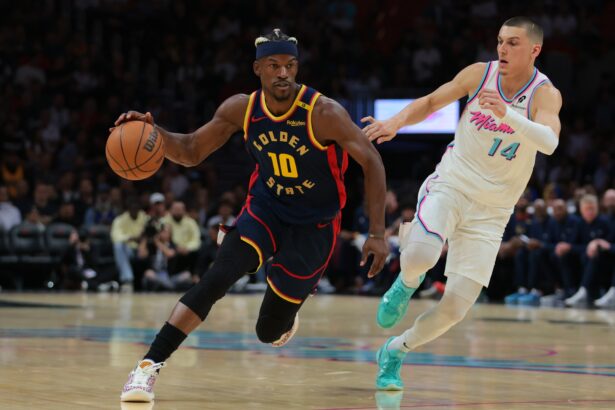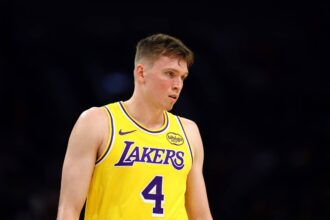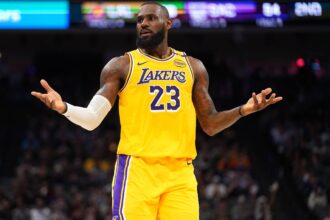- Iguodala praises LeBron’s Heat after their 2011 finals strategy change
- Miami’s approach influenced the Warriors’ dynasty, with Iggy as a key player
- Iggy humbly dismisses his own Hall of Fame credentials, highlighting basketball legends
Andre Iguodala’s insights into basketball’s evolutionary trajectory place a significant spotlight on LeBron James and the Miami Heat. On the Old Man and the Three podcast, the four-time NBA champion vividly detailed how James and his Miami Heat ensemble altered the very fabric of the game, ushering in the era of the small-ball offense.
A strategy shift, particularly after their 2011 Finals setback against Dallas, saw the Heat employ Chris Bosh as their number 5. The change, as Iguodala notes, might not have appeared radical, given LeBron’s own imposing physique, but its impact reverberated across the league.
“When he played and they lost to Dallas, they made subtle tweaks where Chris Bosh would be at the 5. It didn’t look small because LeBron is a big human being with the rock a lot. They tweaked it against San Antonio and that’s when you started seeing smaller basketball. They went to the finals 4 times in a row, and then after them it, it was us.”
This strategy, as per Iguodala, particularly shone against teams like San Antonio. The proof? The Miami Heat’s consequent journeys to the finals, four times in a row. Following this, the baton of the small-ball offense was passed on to the Warriors, and Iguodala himself became an integral part of this narrative. The 2015 NBA Finals stands as a testament to this shift. Steve Kerr’s decision to swap Iguodala in for Andrew Bogut marked a significant moment. The results spoke for themselves, with the Warriors clinching the title and Iguodala being named the NBA Finals MVP.
The Small Ball Revolution In The NBA
The Small Ball Revolution in the NBA marked a transformative shift in how the game is played, with teams prioritizing speed, versatility, and outside shooting over traditional big-man dominance. While the Golden State Warriors are often spotlighted for their “Death Lineup” that popularized this style, the Miami Heat deserve substantial credit as well.
Under head coach Erik Spoelstra, the Heat championed the concept of “positionless basketball” during their championship runs with LeBron James, Dwyane Wade, and Chris Bosh. Spoelstra often utilized Bosh, a natural power forward, as a center and allowed James to handle the ball, effectively serving as a point forward. Their dynamic play not only redefined player roles but also showcased the effectiveness of versatile players who could defend multiple positions and stretch the floor offensively.
Additionally, the Heat’s defensive schemes, capitalizing on the athleticism and switchability of their roster, became a blueprint for other teams. By prioritizing agility over size, they were able to create mismatches and exploit them, both offensively and defensively.
The Warriors might have popularized the small ball era with their sharpshooting and fluid ball movement, but it was the Miami Heat’s pioneering efforts that laid much of the groundwork. Their success demonstrated the viability and potency of such a strategic shift in the NBA landscape.
The Death Lineup
The “Death Lineup” is one of the most iconic and game-changing strategies ever deployed in the NBA, introduced by the Golden State Warriors during their dominant run in the mid-2010s. Comprising Stephen Curry, Klay Thompson, Andre Iguodala, Draymond Green, and Kevin Durant, this lineup was relatively small in stature but enormous in impact.
Opting for agility, speed, and skill over traditional size, the Warriors harnessed the unique abilities of these five players to create a lineup that was virtually unguardable. The strategy pivoted around the idea of “positionless basketball”. With Green often playing the center position, despite being undersized for the role, the Warriors could spread the floor, exploit mismatches, and maximize their three-point shooting prowess.
Defensively, the lineup was just as potent. Each player was versatile enough to switch onto almost any opponent, creating a fluid defensive structure that stifled even the most potent offenses in the league.
While the term “small ball” had existed before, the Death Lineup elevated the concept to new heights. The success of this strategy not only resulted in multiple championships for the Warriors but also ushered in a league-wide shift, forever altering the strategic and positional paradigms of the NBA.
We sincerely appreciate and respect you as a reader of our site. It would help us a lot if you follow us on Google News because of the latest update.
Thanks for following us. We really appreciate your support.

